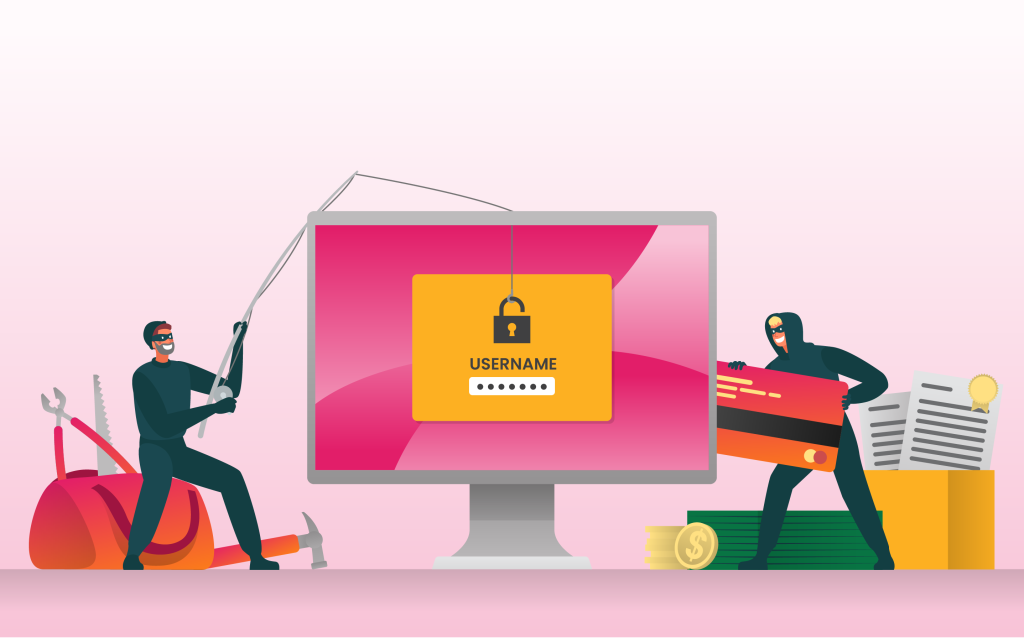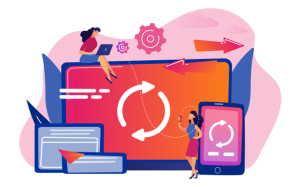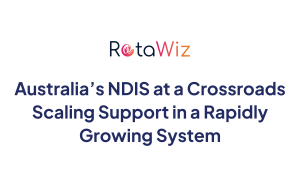7 April, 2025
Why Using Too Many Systems Is Slowing Down Your Care Business
NDIS latest news
6 min read

The Hidden Challenges of Managing Multiple Systems
Running a care business requires efficiency, accuracy, and compliance with industry regulations. However, using too many disconnected systems can create unnecessary complexity, leading to inefficiencies, security risks, and financial losses. If your team struggles with fragmented workflows, high operational costs, and compliance challenges, it might be time to rethink your approach.
Let’s explore the critical ways multiple systems are slowing down care businesses and how an integrated technology solution can help streamline operations for better outcomes.
The Negative Impact of Disconnected Systems
1. Increased Risk of Data Breaches

Data security in healthcare is a major concern for care providers, and fragmented systems make businesses more vulnerable to breaches. The healthcare sector accounted for 22% of all data breaches in Australia between July and December 2023.
Why does this happen?
- Sensitive client data protection is compromised when stored across multiple platforms, increasing the risk of unauthorized access.
- Compliance with Australian privacy laws (such as the Notifiable Data Breach Scheme) becomes difficult to manage when systems are not unified.
- Cybersecurity measures are harder to enforce when IT maintenance teams must secure multiple disconnected applications.
An integrated care solution ensures data privacy, compliance, and access control, reducing security vulnerabilities.
2. Rising Operational Costs and Inefficiencies

Maintaining multiple healthcare software solutions comes with hidden costs, including licensing fees, training expenses, and IT support. For example, the 2010 Queensland Health Payroll System failure resulted in payroll discrepancies for 78,000 employees, with over- and under-payments exceeding $300 million.
Where businesses lose money:
- Subscription fees for multiple platforms instead of one comprehensive system.
- Increased IT maintenance costs to manage and update separate systems.
- Additional training requirements for staff to learn multiple applications.
- Higher risk of billing errors, leading to financial losses and compliance risks.
A unified technology solution can streamline payroll, invoicing, and scheduling, eliminating unnecessary costs while improving accuracy and efficiency.
3. Staff Burnout and Reduced Productivity

Digital transformation in care services should improve operations, but too many systems increase administrative burdens on staff. Medical software faults accounted for over 20% of medical device recalls in Australia, leading to disruptions and inefficiencies.
Challenges faced by care providers:
- Time-consuming data entry and manual reporting
- Lack of synchronization between different systems, causing workflow disruptions
- Increased frustration among employees due to inefficient processes and excessive workload
An automated scheduling and care service automation solution can reduce staff burnout, enhance workflow efficiency, and ensure high-quality care.
4. Communication Gaps and Delayed Services

When care business management teams rely on multiple systems that do not communicate effectively, vital information can get lost or delayed. This leads to scheduling conflicts, missed appointments, and inefficient incident reporting.
Common communication challenges:
- Disconnected systems create silos, making it difficult for teams to collaborate.
- Incident reporting in care businesses becomes inefficient when updates are not reflected across all platforms in real time.
- Critical information can be overlooked, affecting the quality of care.
A centralized healthcare workforce management system ensures real-time updates, seamless communication, and centralized data access, allowing care teams to work efficiently and provide better service.
The Future of Care Business Management: A Smarter Approach
Using multiple disconnected systems is no longer a sustainable model for modern care businesses. Instead, organizations must embrace integrated care solutions that consolidate key functions into a single, efficient platform.
Key Features of an All-in-One Care Business Efficiency System:
- Automated Scheduling & Rostering – Avoid conflicts and optimize resource allocation.
- Care Plan Management – Store all essential client records and care plans securely.
- Seamless Invoicing & Payroll Processing – Reduce billing errors and ensure timely payments.
- Incident Reporting & Compliance Tracking – Stay aligned with NDIS compliance requirements.
- Mobile Accessibility for Carers – Empower staff with real-time updates and streamlined workflows.
By adopting a well-integrated system, care businesses can reduce costs, improve security, and enhance service delivery—allowing them to focus on what truly matters: providing exceptional care.
How to Successfully Transition to an Integrated Care Solution
Step 1: Assess Your Current Systems
- Identify the gaps and inefficiencies in your existing software.
- Determine where manual processes are causing delays.
- Evaluate the total operational cost of managing multiple software solutions.
Step 2: Choose a Scalable Solution
- Look for care service automation that offers scalability and flexibility.
- Ensure the solution meets NDIS compliance and data security requirements.
- Opt for a system that integrates real-time updates in care management.
Step 3: Train Your Team for Seamless Implementation
- Provide training sessions to minimize disruption during transition.
- Leverage digital transformation strategies to ensure smooth adaptation.
- Use mobile accessibility for carers to enable real-time care coordination.
How RotaWiz Helps Care Businesses Overcome These Challenges
RotaWiz is an Australian-based software solution designed to streamline rostering and administrative tasks for National Disability Insurance Scheme (NDIS) support providers. It offers a comprehensive platform to enhance efficiency, compliance, and care delivery within the NDIS framework.
Key Features of RotaWiz:
- Shift and Calendar Management: Facilitates efficient scheduling, allocation, and tracking of shifts, minimizing conflicts and ensuring optimal resource utilization.
- Invoicing and Billing: Automates billing processes, generates invoices based on services rendered, and ensures compliance with NDIS pricing structures.
- Incident Management: Enables prompt reporting and management of incidents, maintaining safety and compliance standards.
- Care Plan Management: Provides tools for creating, monitoring, and updating individualized care plans, ensuring personalized and effective support.
- Mobile App for Carers: This offers a user-friendly mobile application that keeps carers connected, informed, and able to manage their schedules and tasks efficiently.
By adopting RotaWiz, care businesses can consolidate multiple systems into a single, efficient platform, reducing costs, improving security, and enhancing service delivery.
The Future of Care Business Management: A Smarter Approach
Using multiple disconnected systems is no longer a sustainable model for modern care businesses. Instead, organizations must embrace integrated care solutions that consolidate key functions into a single, efficient platform.
Key Features of an All-in-One Care Business Efficiency System:
- Automated Scheduling & Rostering – Avoid conflicts and optimize resource allocation.
- Care Plan Management – Store all essential client records and care plans securely.
- Seamless Invoicing & Payroll Processing – Reduce billing errors and ensure timely payments.
- Incident Reporting & Compliance Tracking – Stay aligned with NDIS compliance requirements.
- Mobile Accessibility for Carers – Empower staff with real-time updates and streamlined workflows.
By adopting a well-integrated system, care businesses can reduce costs, improve security, and enhance service delivery—allowing them to focus on what truly matters: providing exceptional care. How to Successfully Transition to an Integrated Care Solution
End Note
The demand for efficient and compliant care business management is growing. Businesses that continue using fragmented systems risk financial losses, compliance issues, and operational inefficiencies.
By transitioning to a comprehensive, integrated healthcare technology solution like RotaWiz, care providers can eliminate redundancies, protect sensitive data, and improve overall service delivery. The seamless healthcare workforce management shift ensures higher productivity, reduced costs, and better client outcomes.


